- Books Name
- CBSE Class 6 Science Book
- Publication
- Param Publication
- Course
- CBSE Class 6
- Subject
- Science
Types of Waste on the Basis of Degradability
All wastes can be classified into two main groups on the basis of their ability to get decomposed. They are:
1. Biodegradable wastes
2. Non-biodegradable wastes
1. Biodegradable wastes
Biodegradable wastes are those which can be decomposed by the microorganisms into simpler substances. If properly handled, this type of waste causes no harm. A few examples of biodegradable wastes are peels and cuttings of fruits and vegetables, cow dung, plant residue and agricultural waste. This type of waste can be recycled by making vermicompost or for preparing biogas.
Vermicompost
The process of preparing compost with the help of red worms is called vermicomposting. The red worm is a type of earthworm that lives in the soil rich in organic matter, which is a combination of nitrogen-rich and carbon-rich material with plenty of moisture and microbes.
Method of Vermicompositing :
• A vermicomposting pit is made with a wooden box or big cement rings.
• A mesh is spread at the bottom of the pit.
• Vegetable waste, fruit waste, waste paper which is not shiny or coated with plastic, is spread over the mesh.
• Water is sprinkled to create moisture so that the redworms can live.
• A vermicomposting pit takes nearly two to four weeks to completely convert waste into manure.
• Waste material that is rich in oils, salt, meat and vinegar stops the growth of red worms.
• These red worms have a special structure called gizzards with which they grind food material. A red worm eats food equal to its weight every day. Red worms do not survive in too hot or too cold conditions.
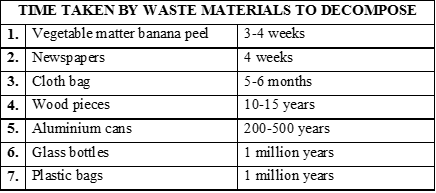
- Books Name
- Class 6 Science Book
- Publication
- PathSet Publications
- Course
- CBSE Class 6
- Subject
- Science
Garbage in Garbage Out


Dealing with Garbage

Garbage is defined as the items or materials that are to be discarded because they no longer serve any purpose for us or are of no use to us.
Landfill:

Waste material, faeces of animals, kitchen waste, garden waste, etc., are collected in dustbins from where it is thrown out into the low lying areas for filling a purpose.
Dustbins:
The utensil or space where the waste material is collected is called a dustbin.

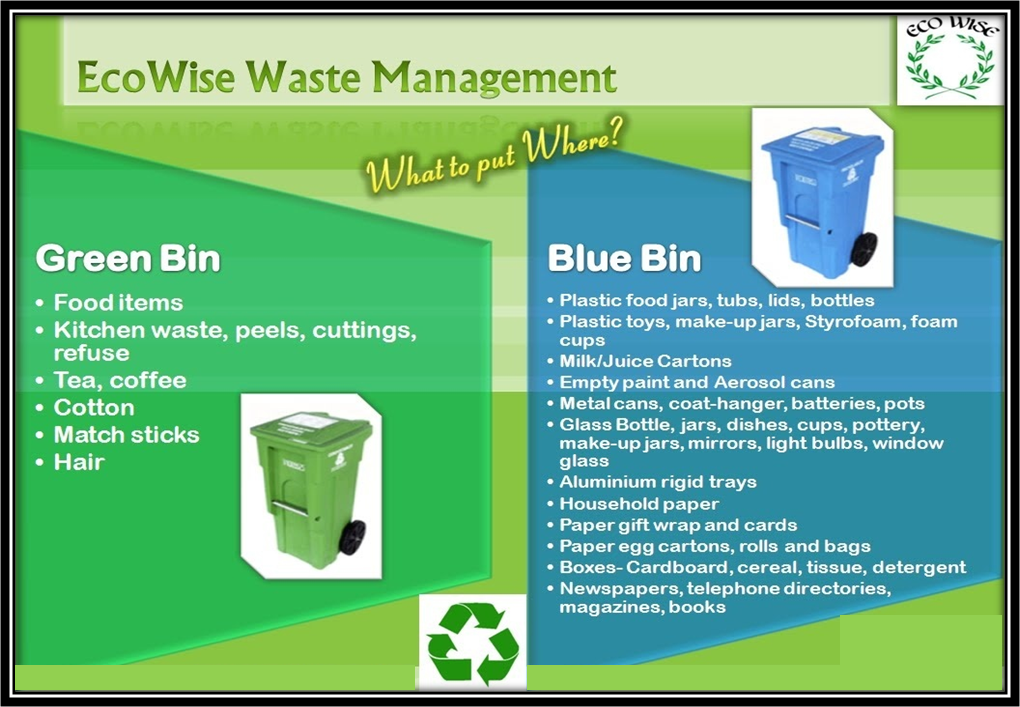
Green dustbins:
We use green dustbins for collecting biodegradable waste.
Blue dustbins:
The non-biodegradable wastes which do not decompose naturally are kept in blue dustbins.
Waste:
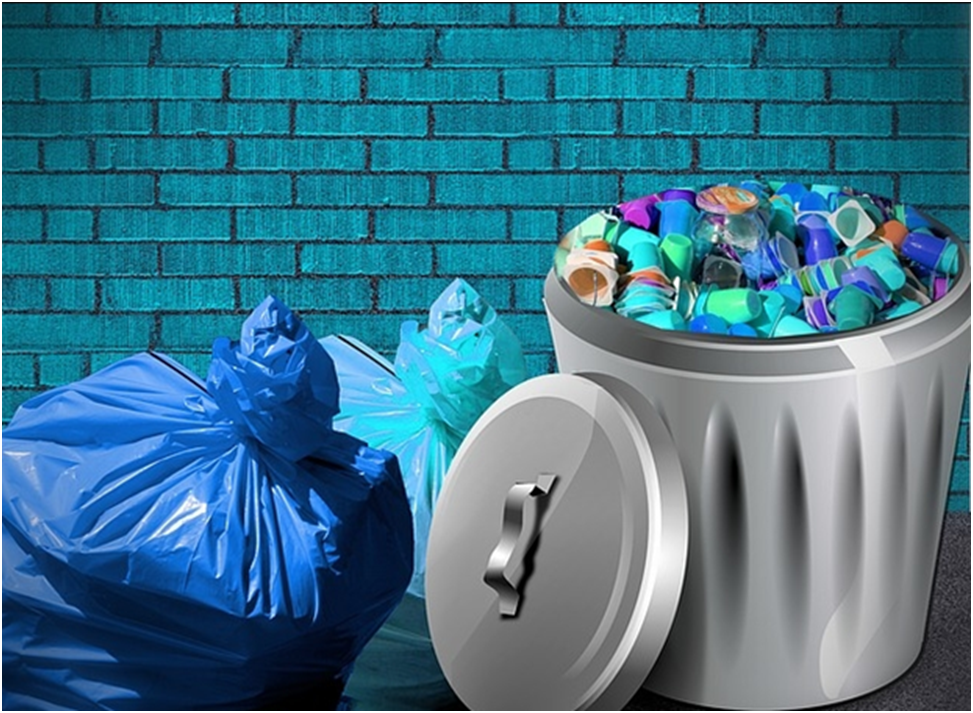
Waste is any substance, which is discarded after primary use, or it is worthless, defective and of no use.
Biodegradable wastes:
Biodegradable wastes are items such as eggshells, vegetable and fruit skin, tea leaves, waste food etc. which can be mixed with soil and roots over time by the action of certain microorganisms. This is usually not accompanied by a pungent smell. Now this mixture of soil and rotten organic materials can be used as manure to provide nutrients to the plants. This process of conversion of biodegradable waste into manure for plants is known as composting.
Non-biodegradable waste:
The non-biodegradable waste consists of items that do not rot over time by the action of microorganisms. Examples of such items are metal scraps, plastics, glass etc.
Garbage is defined as the items or materials that need to be discarded because they no longer serve any purpose for us or are of no use to us.
Tonnes of garbage and is generated by us on a daily basis. Garbage is often associated with a pungent smell and a large amount of garbage may release fumes which are not healthy. Hence, we put such items in dustbins to be taken to faraway places so that our surroundings are clean and healthy.
Waste is generated by all of us and has four main sources:
Domestic: These constitute the kind of wastes that are generated by households, offices schools etc. and include food remains, fruit and vegetable skins, clothing items, used plastic items etc.
Industrial: These constitute the kind of wastes generated by power plants, chemical plants, cement factories, food processing industries, textile industries, each producing waste specific to the kind of industry they are a part of.
Agricultural: This constitutes the kind of waste that is produced by undertaking agricultural activities husks, expired medicines, fertiliser and pesticide containers etc.
Commercial: This constitutes the kind of waste generated by commercial enterprises including disposable plastic cutlery, food items, food packets, textiles etc.
Not all garbage can be classified as useless as there very well are products which can be reused or recycled. When garbage is taken away by the municipality, it is taken to a low lying and open area known as a landfill. Here, garbage is separated into two categories: the items that can be used again for some other purpose and items that cannot be used. The latter is then spread over the landfill and covered with a blanket of soil. Once full, it is converted into a playground or a park.
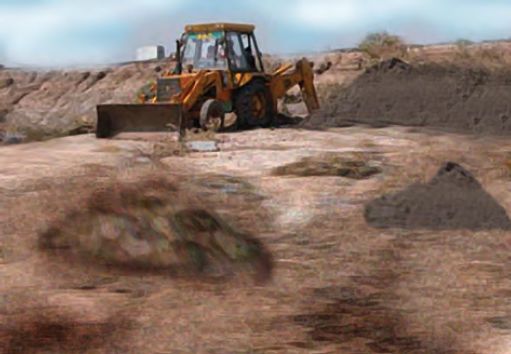
Image 1: A landfill
The useful components of the garbage can usually be classified into two categories: biodegradable and non-biodegradable wastes.
Biodegradable wastes are items such as egg shells, vegetable and fruit skin, tea leaves, waste food etc. which can be mixed with soil and roots over time by the action of certain microorganisms. This is usually not accompanied by a pungent smell. Now this mixture of soil and rotten organic materials can be used as manure to provide nutrients to the plants. This process of conversion of biodegradable waste into manure for plants is known as composting.
Non-biodegradable waste comprises of items that do not rot over time by the action of microorganisms. Examples of such items are metal scraps, plastics, glass etc.
Apart from these, there is another category of non-biodegradable waste also known as electronic waste or e-waste that is composed of electrical appliances or components that no longer serve their specified function and are hence needed to be reused, re-sold, recycle or disposed off. These are non-biodegradable as no action by any microorganism is effective in breaking them down.

Image 2: Biodegradable v/s non-biodegradable items
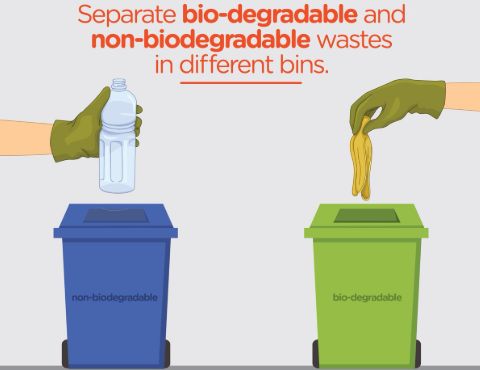
Image 3: The correct way to dispose biodegradable and non-biodegradable waste
Garbage should be allowed to be processed by the authorities and not burnt because the burning of garbage releases toxic fumes which are harmful to the health of everybody.

 Param Publication
Param Publication
 PathSet Publications
PathSet Publications
